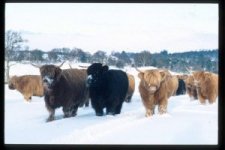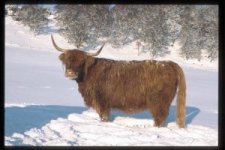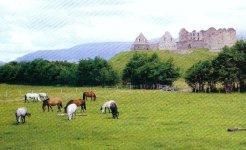Highlander
The West is Best
I am from a small village called Newtonmore, near Aviemore in Inverness-shire in the Highlands of Scotland. I am a hill farmer / crofter and have a keen interest in birds. I recently won an award from the RSPB for the work we do to encourage lapwings (peeweets) on our farm.
We live close to the RSPB Insh Marshes Reserve (3 miles) and graze some of our animals there. We also have a holiday house business that runs alongside the farm.
We keep mostly Highland Cattle and Highland Ponies which are native breeds. Infact we have 7 rare and native breeds on our farm as listed by the Rare Breeds Survival Trust, and that is before we even start looking at the birds: Lapwings, Redshank, Snipe, Curlew, Oyster Catchers, Whooper Swans, Grey Lag Geese and many Raptors.
Hope to meet some of you in our area if you are up birding.
We live close to the RSPB Insh Marshes Reserve (3 miles) and graze some of our animals there. We also have a holiday house business that runs alongside the farm.
We keep mostly Highland Cattle and Highland Ponies which are native breeds. Infact we have 7 rare and native breeds on our farm as listed by the Rare Breeds Survival Trust, and that is before we even start looking at the birds: Lapwings, Redshank, Snipe, Curlew, Oyster Catchers, Whooper Swans, Grey Lag Geese and many Raptors.
Hope to meet some of you in our area if you are up birding.
Attachments
Last edited:







